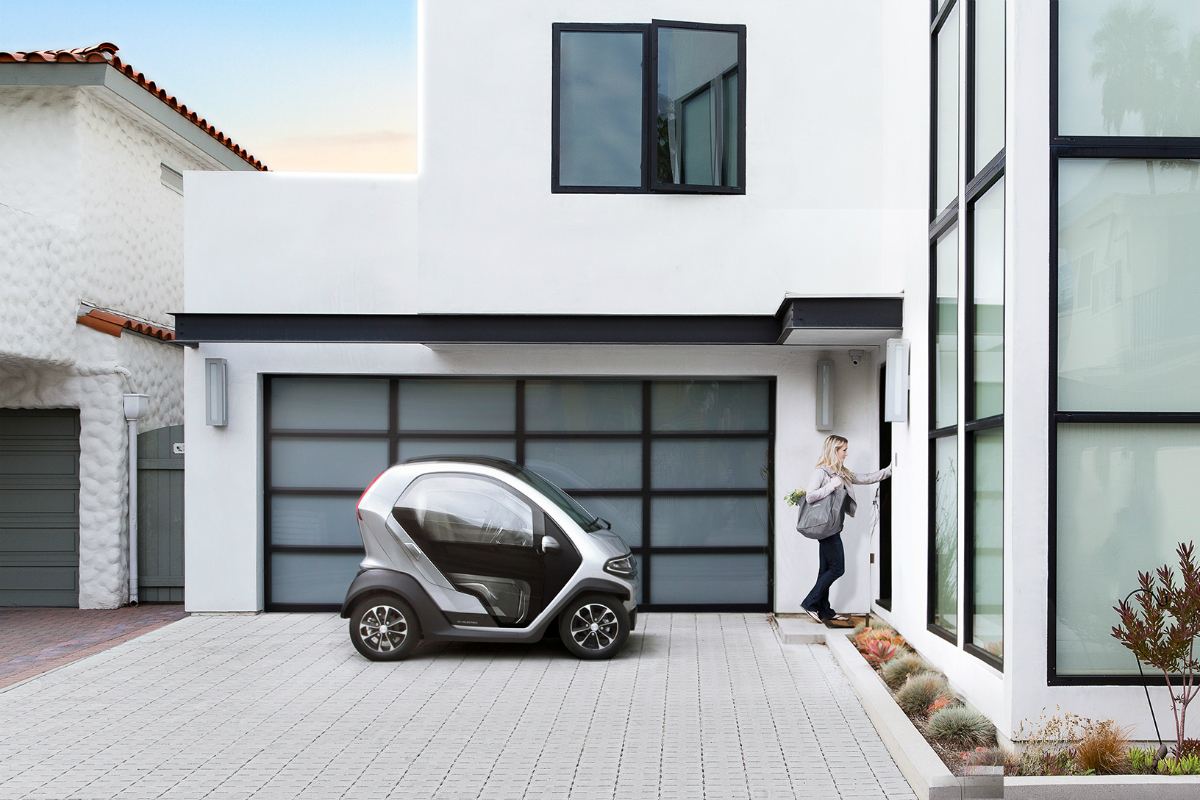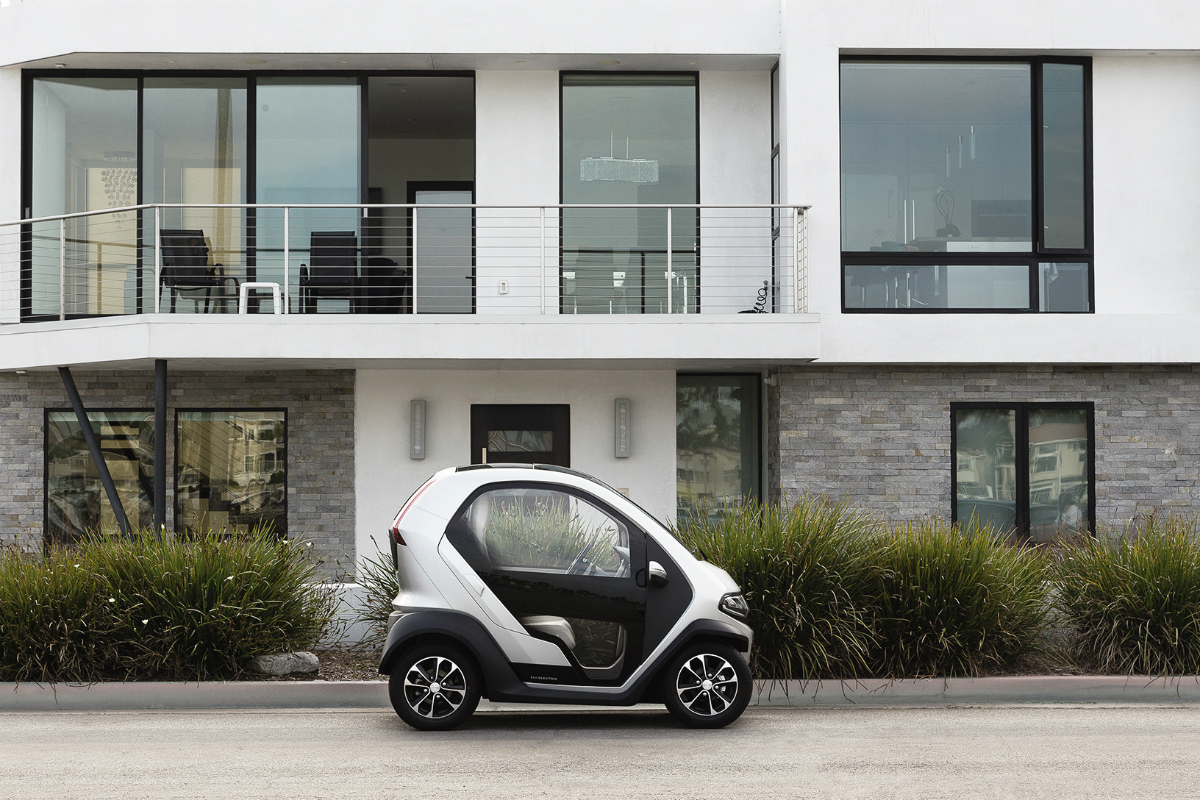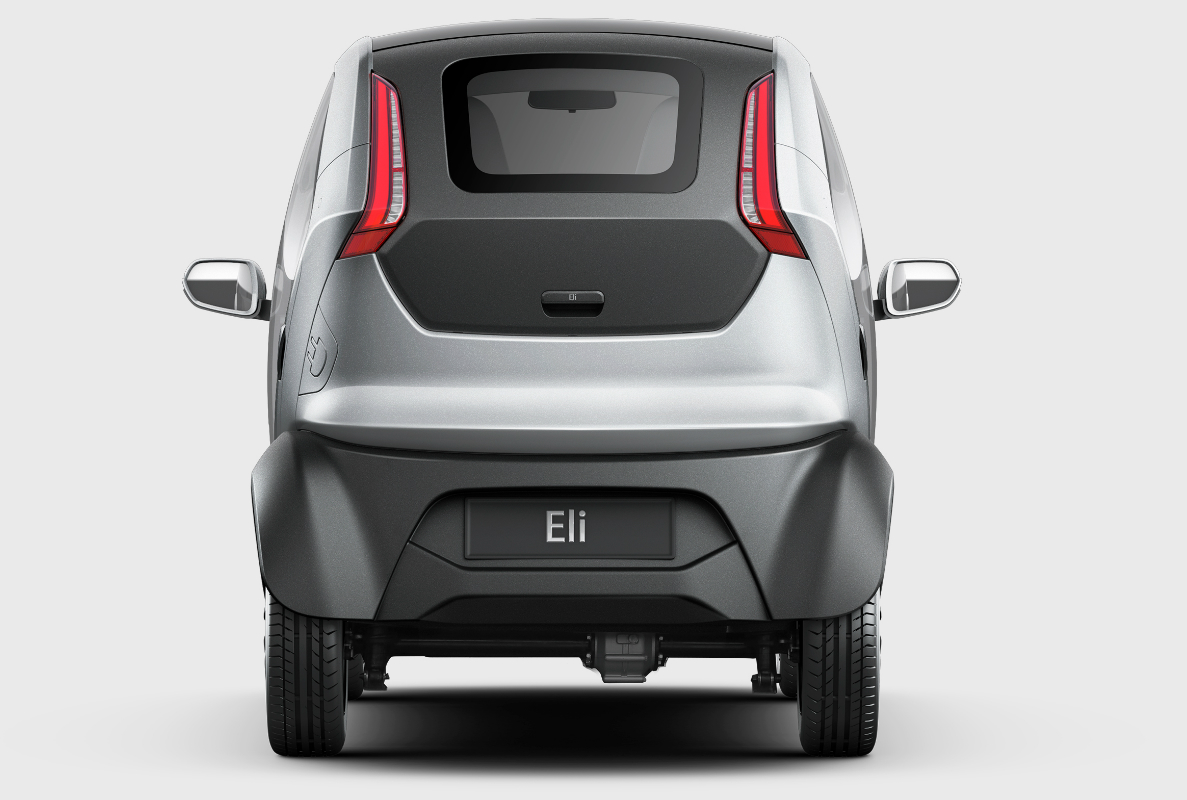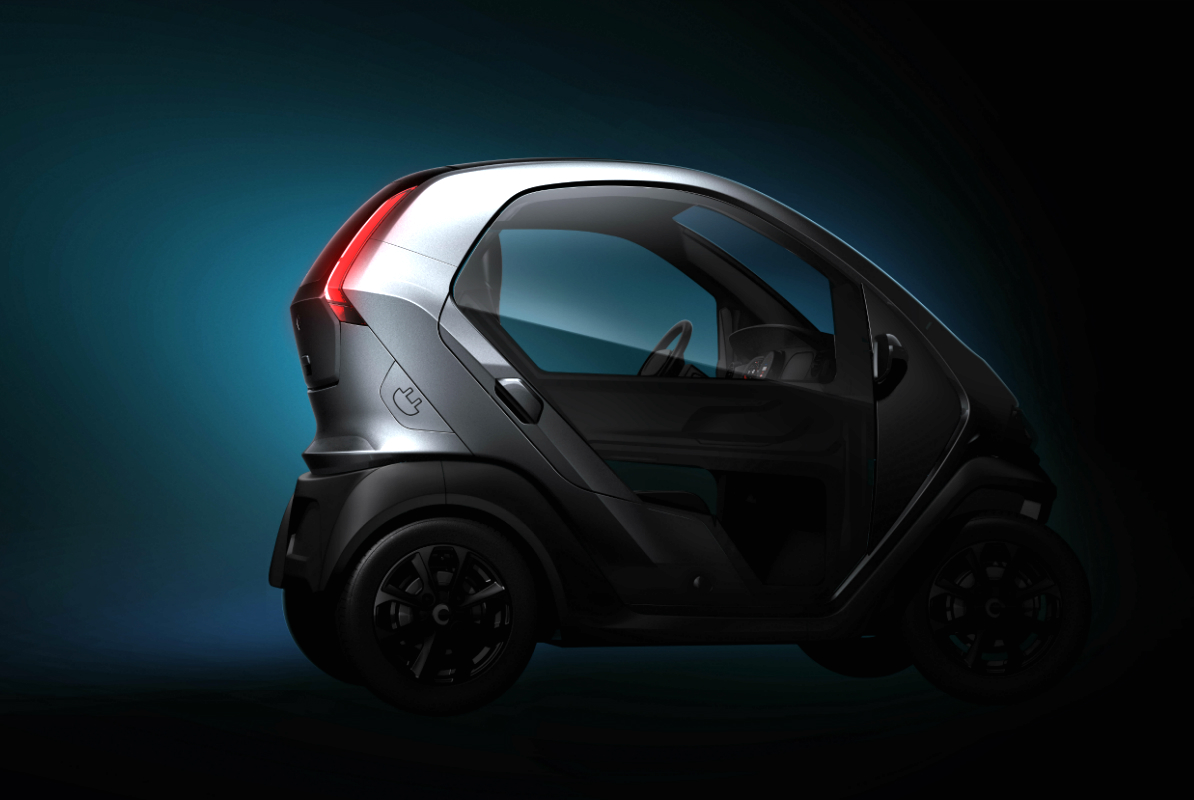Eli Electric Vehicles plans to deliver the first 100 Eli Zero neighborhood vehicles in late 2018 to reservation holders. Following the Eli Zero’s debut for feedback at CES 2017, the company now casts it as the “ultimate NEV for every household.”
NEVs, or Neighborhood Electric Vehicles, are federally classified low-speed vehicles (LSVs) limited to 25 to 35 mph top speeds. Individual states determine legal maximum speed, road usage, licensing, and other regulations.
Whether or not you’ve heard of NEVs, the companies that make them are thinking about you. The growth of ride-sharing, car-sharing, and automotive brand subscription models foreshadows a societal shift in transportation away from single owners to shared vehicles. The demise of “the 20th-century engine of the American Dream,” as described in the Washington Post, is coming fast.
Many fingers point to millennials as the auto ownership buzz-killers. However, Digital Trends’ casual observations in U.S. cities and at airport arrival and pickup curbs tell a different story. Millennials may have led the shift to ride-sharing, but other generations followed.
Preparing for the shift toward Mobility as a Service (MaaS), companies such as Eli that already have experience manufacturing golf cars and other LSVs anticipate the shared use of neighborhood or community cars.
In a recent phone conversation, Eli CEO Marcus Li told Digital Trends that simplicity and fun were the Zero’s guiding design principles. Li said the goal was to make the Eli Zero as easy to operate as an iPad.
The Zero is not just a golf cart with doors and a roof. Standard features include heating and air conditioning, USB charging, a radio, and signature LED lights front, rear, and on the steering wheel. Bluetooth wireless supports proximity detection to turn on the temperature control and automatically unlock the Eli. The user can hop in the driver’s seat, press the start button, and take off with little fuss.
Standard-size Samsung Lithium-ion batteries power the Eli Zero. The batteries charge fully in 6 hours plugged into a household 110V outlet or 4.5 hours at Level-2 charging stations via a standard J1772 port. Thirteen battery safety measures include temperature and insulation protection, BMS fault detection, and more.
The Eli Zero’s maximum fully charged range is 85 miles, enough for short daily commutes or neighborhood convenience trips. Li’s marketing team is currently working with NEV-friendly neighborhood developments in several states. College campuses offer another potential opportunity for early adoption.
Urban centers and close cluster suburban areas developed with Mobility-as-a-Service concepts may see the greatest density of NEVs such as the Eli Zero.
While the Zero is the launch model, Li told Digital Trends greater passenger or storage capacity are possible on the same platform, depending on demand. Reservations for the Eli Zero start at less than $10,000.














